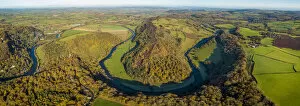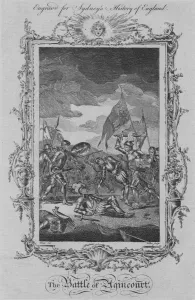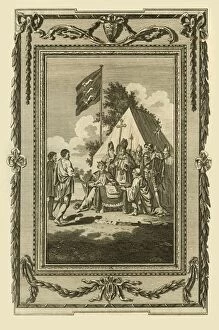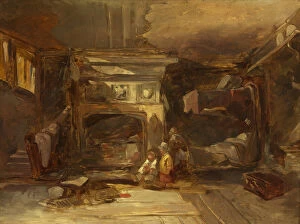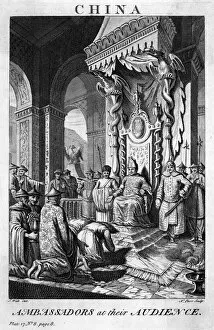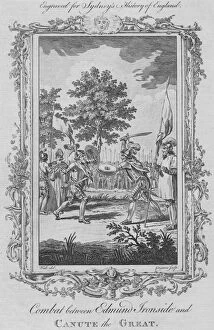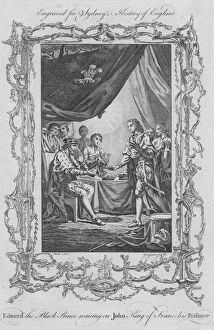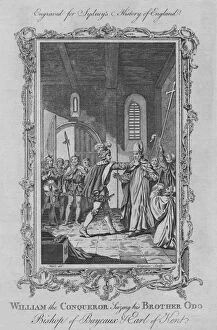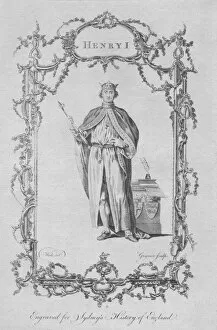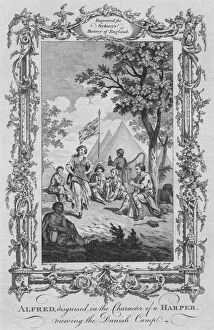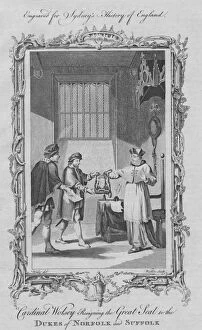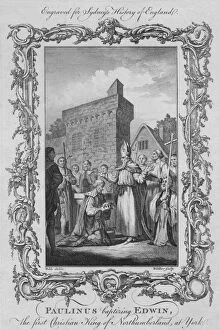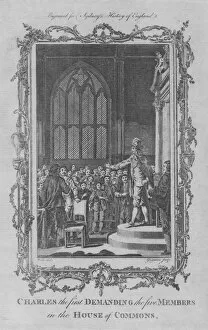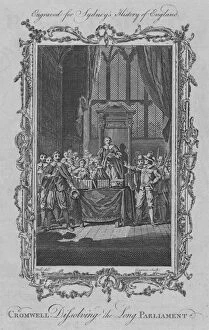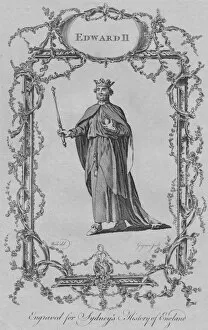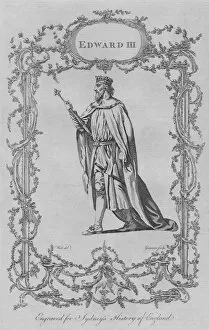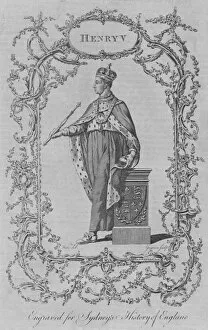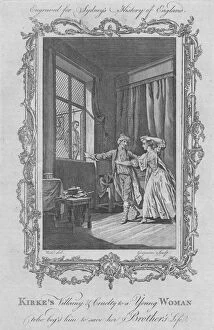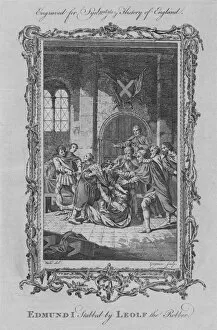Wale Collection
"Wale: A Journey Through Time and Places" From the bustling streets of South Africa's Cape Town to the charming George Street in Bath
All Professionally Made to Order for Quick Shipping
"Wale: A Journey Through Time and Places" From the bustling streets of South Africa's Cape Town to the charming George Street in Bath, it has left its mark across continents. This name echoes through history, connecting diverse landscapes and stories. Step back into pre-1900 Cape Town on Wale Street, where the vibrant energy of a bygone era still lingers. Here, amidst colonial architecture, life thrived as M. Wale's Clothes Shop adorned George Street in Bath with its timeless elegance. But Wale is not confined to commerce alone; it has witnessed battles that shaped nations. The Battle of Agincourt in 1773 stands testament to this fact, immortalized by William Walker's artistry. And from an aerial view above the enchanting Wye Valley towards Ross on Wye lies Symonds Yat and the mystical Forest of Dean in Gloucestershire—nature entwined with history. Across oceans and centuries, Wales beckons us with its rich heritage. From Carew Cross dating back to the 11th century to Freshwater West Beach's majestic dunes in Pembrokeshire—the land breathes tales untold. Newport reveals Pentre Ifan Cromlech—a sacred burial chamber preserving ancient secrets. Art captures moments frozen in time—a Welsh Interior painted around 1844 evokes nostalgia for a simpler era while an engraving titled "The Kings Mews" transports us back to about 1750—an artist named Wale capturing scenes etched forevermore. As we gaze upon Mt Rainier at sunrise or witness King John signing Magna Charta in June 1215—Wales may seem distant but remains intertwined within these narratives too—reminding us that even across vast distances and eras long past—the spirit of 'Wale' endures as a bridge between cultures and histories yet explored fully


